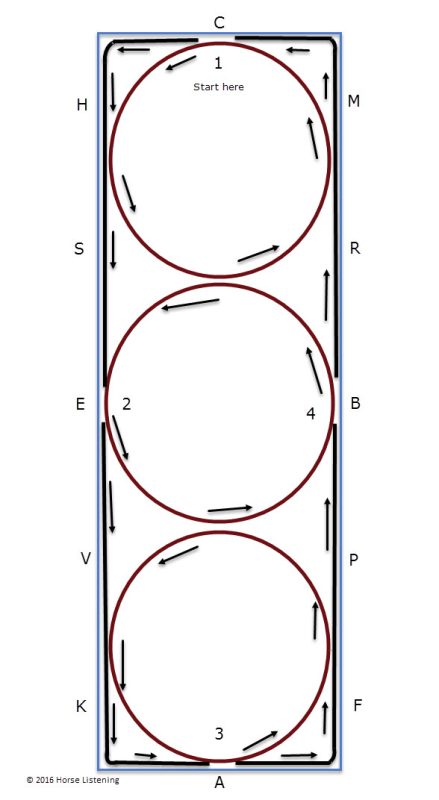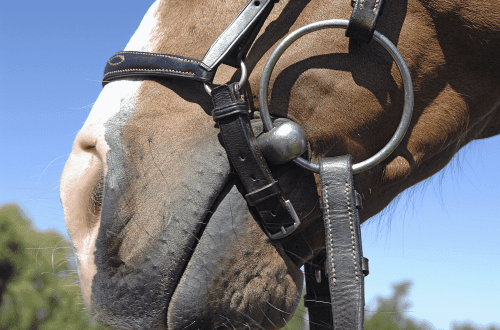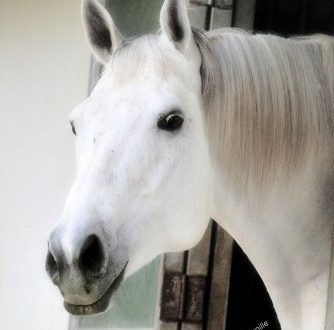
Warm-up exercises for riders
Warm-up exercises for riders
Most riders probably know how important it is to warm up the horse before the main training, but most riders completely forget about themselves. Warming up is just as important for the rider as it is for the horse.
Below are three warm-up exercises and five stress-reducing exercises.
Special warm-up exercises for riders
This type of warm-up exercise for equestrians is directly related to riding and reduces muscle stiffness, muscle tension, “accelerates” the coordinating processes in your body.
The exercises presented below are designed to bring your body to its energetic, psychological and coordination peak. They optimize your brain functions by balancing energy between your body’s halves (left/right, up/down, back/forward). Exercise improves your cross-coordination (the ability to work along the midline of your body).
Movements that many people find difficult to master these days include both rotational movements around the midline and diagonal movements. If your body cannot easily rotate in both directions, you are unlikely to be able to follow your horse when he is moving in an arc, circle, or turn. Your outer shoulder will not be able to follow the movement of the rest of the body – it will lag behind and you will not be able to maintain the desired and correct position in which your shoulders are parallel to the horse’s shoulders and your pelvis is parallel to his pelvis.
Before moving on to exercises specifically designed to warm up the rider, it is important to stimulate the brain and energy meridians (paths), since all muscle functions are created in the brain and depend on the flow of energy. Therefore, the exercises that you need to do now should not only train your body, but more importantly, train your brain.
Kinetic exercises to improve cross-coordination
Diagonal stretch
Left arm/right leg diagonal stretch with right arm/left leg stretch forward, backward and to the side (left). Your eyes should follow your movements in all directions. Lift your leg and pull it to one side, wrapping it around the opposite leg, come back and touch it with your diagonal arm. Switch sides and repeat several times so that your arms move along the lower half of the body on both sides. In the same way, you can raise one or another knee in front of you and grab it with the opposite hand.
lazy eight
Focus on a visual reference point directly in front of you at eye level. This point will be the center of the horizontal figure eight. Stretch one arm out in front of your body in a comfortable position and start “drawing” horizontal figure eights in space. You can adjust the height and width of the figure eight yourself, but the best result is achieved if you “draw” one large figure that will cover the entire field of view and require you to fully move your hand.
To stimulate the right hemisphere of the brain, start with your left hand, point it to a point, and then move it counterclockwise to the upper left half of the figure eight. Then, in a smooth circular motion, move back to the center starting point, then to the upper right corner of the field of view, and circle back to the center again. Repeat at least three times and switch hands.
You can also do this exercise with your eyes closed. You can even accompany the whole process with the sound “Omm”.
Your head (your eyes) should follow the movement without much swing, and your neck should remain relaxed.
Diagonal crawl
We crawl on our hands and knees, then on our elbows and knees, and finally we crawl on our stomach.
Exercises to Reduce Stress
Many of us simply need to “de-stress” before getting into the saddle, starting a workout or heading out to the race track in order to mentally prepare for the best ride. I suggest using the following methods: they are simple and create a solid foundation for stress relief.
we smile
As a rider, you can positively support yourself just by smiling. When you smile, you activate muscle chains that run from your face through your neck, across your pelvis to your buttocks. A rider who smiles will naturally follow the movement of the horse with their body.
Positive thoughts
In addition to smiling and having pleasant thoughts and feelings, you can improve the flexibility of your posture by relaxing. Only a relaxed rider is able to maintain balance in his body, as well as the balance of the horse. This state of relaxed balance is a prerequisite for sensitive and subtle riding.
It’s a pain in the ass
Due to its function of stress regulation, the human tongue plays a special role in promoting sensitive riding. When the tip of your tongue is pressed against the roof of your mouth about half a centimeter behind your incisors, your body’s energy is stored.
It may seem strange, but while driving, it is in principle desirable to pay attention to the function of the tongue. It contributes to your balance and should be “included” in your main efforts to achieve a sensitive landing.
Try the following exercise and see how it works! Stand on one leg and ask a friend to gently pull on your arm. You will quickly lose your balance. Do the same, but this time let your tongue press against the palate. You will be surprised at how much more stable you will stand. Your friend will have to make much more effort to upset your balance.
Tapping on the chest
Your thymus (thymus gland) is a specialized organ of the immune system. It is located behind the sternum, in front of the heart. I find that tapping on the sternum in the thymus area relieves stress. Tap your sternum a couple of times with your knuckles. This will protect you from sources of stress that you may not even be aware of. In situations that cause you anxiety, this mechanism will allow you to get rid of accumulated stress.
Singing/ Humming
The human body constantly experiences vibrations. When you are stressed, these vibrations intensify and you may even begin to physically tremble. When the vibrations are too low, you are impractical and unable to act or respond in a timely or appropriate manner. When the vibration level of the body is ideal, balance is achieved.
You have probably been in situations, in or out of the saddle, during which you were no longer able to perform certain movements that you have successfully performed many times in the past, and perhaps this was due to the level of vibrations in your body (too high or too low). In situations like this, chanting can play an important role, activating subconscious movement patterns. Chanting is also a good way to protect yourself from pressure or criticism – it relieves tension. I know several Grand Prix riders who both chanted and thumped their brisket. They have incorporated both of these activities into their daily work, with good results.
Eckart Meiners (source); пerevod Valeria Smirnova





